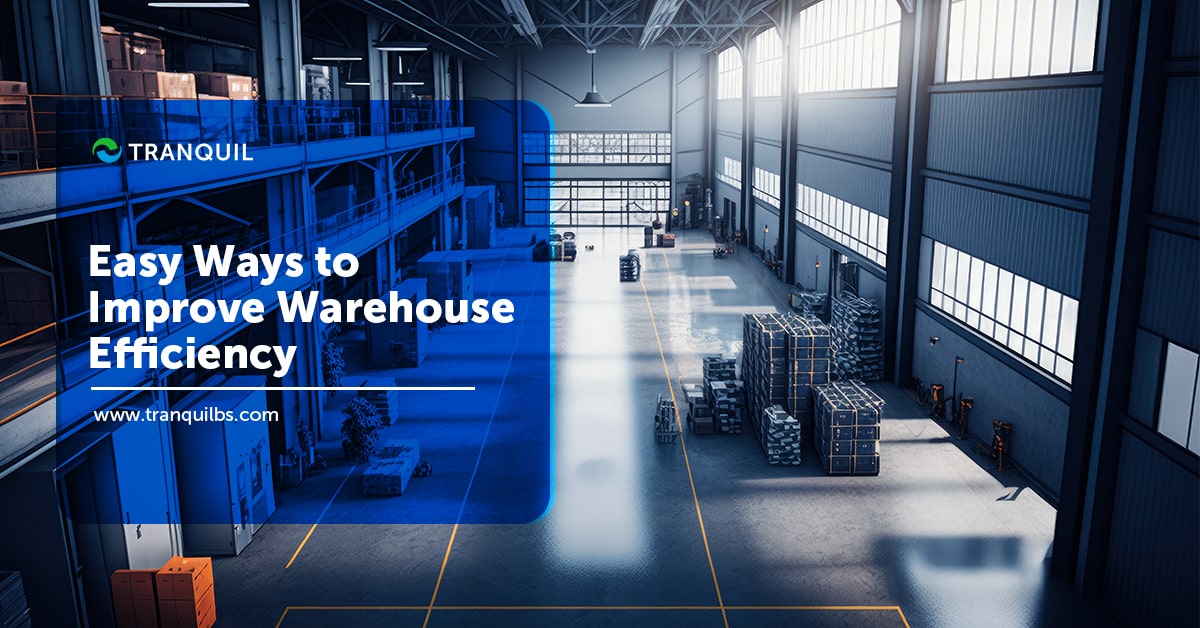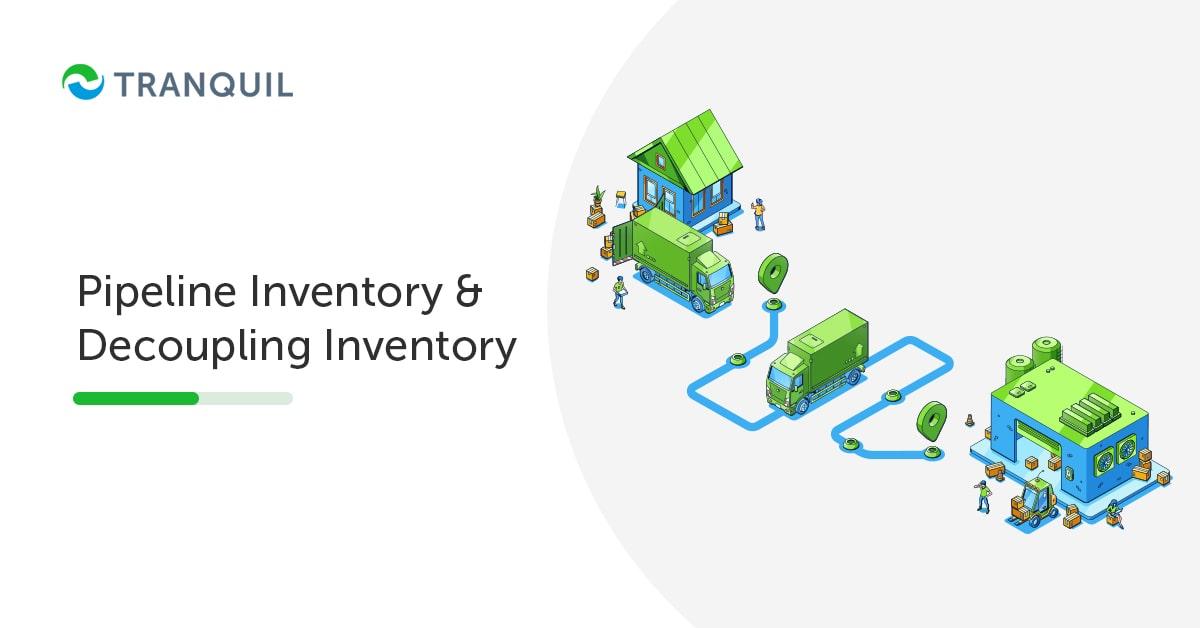
Pipeline Inventory and Decoupling Inventory
If we talk about any company that deals in products, inventory is the most critical part of their business operations; it is absolutely essential that you manage your inventory properly to keep your operations running smoothly.
Inventory management is not limited to the products on your shelves or in the warehouse.
It is a complex, multifaceted activity.
In this article, we will examine two important types of inventory: pipeline inventory and decoupling inventory.
What is Pipeline Inventory?
The term pipeline inventory means whatever stock of products that have not yet reached the business warehouse but is on the way, or in the ‘pipeline’.
When a business purchases stock from a manufacturer, it is viewed as pipeline inventory as it is in the course of being transported, provided the payment is made.
It is called pipeline inventory until it reaches the buyer’s warehouse.
It is important to know what is your level of pipeline stock as it enables you to ascertain how much of your money is otherwise engaged in inventory and holding costs etc.
Businesses that deal in products with long lead times; say handmade clothing, for example, have to be especially attentive about pipeline inventory; production may take months if not weeks, and inventory levels are not accurately ascertained by counting stock at hand.
ALSO READ: What is Batch Picking?
Functions of Pipeline Inventory
Products in the supply chain of a business, that have been paid for and have been shipped, from the pipeline inventory of the buyer.
However, if the buyer hasn’t paid for the goods, they are considered to be the seller’s or manufacturer’s inventory; the moment the payment is made, regardless of whether the buyer has got custody of the products, it becomes the pipeline inventory of the recipient.
Example of Pipeline Inventory

Often it happens that the products stay in the transit pipeline for weeks, or even months together – especially in the case of overseas shipping.
Let’s suppose a shipment of smartphones manufactured in Korea is on its way to Saudi Arabia.
If the buyer has already paid the manufacturer, it is part of their inventory as pipeline stock and remains their inventory till they are sold to the end-users.
A company needs two values to arrive at the pipeline inventory: lead time, and demand rate.
Lead time is the time taken for the goods to arrive at the buyer’s facilities after placing the order.
Demand rate is the quantity of products sold by the same company between two orders.
Once the buyer (wholesaler or retailer) has these two values, pipeline inventory can be easily calculated.
The formula is:
Pipeline Inventory = Demand Rate x Lead Time
Let’s say the lead time.
Let us assume that the same company in KSA – their lead time for this product is of 4 weeks; they place orders once in seven days, and every week they sell 300 Smartphones. Their lead time would be:
4 weeks x 300 units = 1200 Smartphones or level of pipeline stock.
ALSO READ: What is Dead Stock – How Can You Avoid It?
Pipeline Inventory Vs Work in Progress
Pipeline inventory is often mistaken for work-in-progress inventory.
WIP is simply the products of a company that are in various stages of manufacture, and are not complete yet – unlike pipeline inventory which is a ready stock that has been paid for but is still in transit.
While both are part of the inventory, WIP is unfinished goods in the factory, while pipeline inventory refers to goods that have completed the production phase and are in the distribution stage.
ALSO READ: A Detailed Guide to Batch Tracking
Pipeline Stock in Inventory Management
Inventory management can be significantly enhanced by gaining a thorough understanding of the products in transit.
Here forecasting means, making data-based predictions based on a range of factors with regard to order placement.
Organizations that are aware of where exactly and how much quantity of their products are in transit are better placed to forecast demand – or order amount, with the pipeline stock affording clarity with regard to the position of the product within the manufacturing process.
What is Decoupling Inventory?
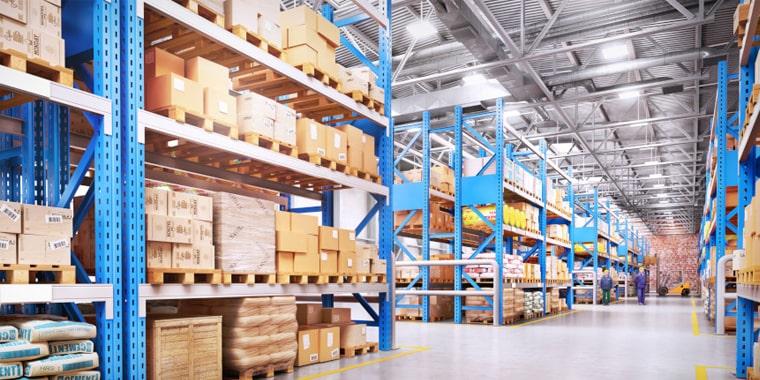
Decoupling inventory is that stock that is kept aside for emergencies, like a stoppage of production.
It provides a buffer or cushioning that helps to mitigate risks associated with production hitches – especially due to the shortage of a few components.
ALSO READ: Things to Know about Job Costing
Functions of Decoupling Inventory
The stock kept aside to be used in the event of slowed or paused production due to the non-availability of some components, is called decoupled stock.
It provides a cushion for the inventory of the business against possible production problems.
Often, different lines in the production function at different speeds, and this can cause the production to be halted.
A lot of products remain unfinished (work in progress) and this brings down the inventory stock renewal rate.
Examples of Decoupling Inventory
Let’s continue with the Smartphones example.
It is made up of several small and sensitive components like CPU, GPU, screen, hard drive, ports, and so on.
Let us say that the manufacture of the processor (CPU) slows down for some reason, like machinery breakdown – it can bring the entire production to a stop, as obviously one cannot have a Smartphone without a processor.
If the manufacturer has decoupled inventory of processors, they will still manage to ship the phones on time, while working on speeding up the production of the CPUs.
Decoupled inventory can be either finished goods, components, or batches of raw materials, and this strategy is implemented by many businesses to ensure uninterrupted production.
Manufacturing units that make products in bulk often have numerous holdups in their assembly line which could be caused by internal or external factors, leading to cessation in production, and consequently, delayed shipments.
ALSO READ: What is Negative Inventory and How Can you Prevent it?
Advantages of Decoupling Inventory
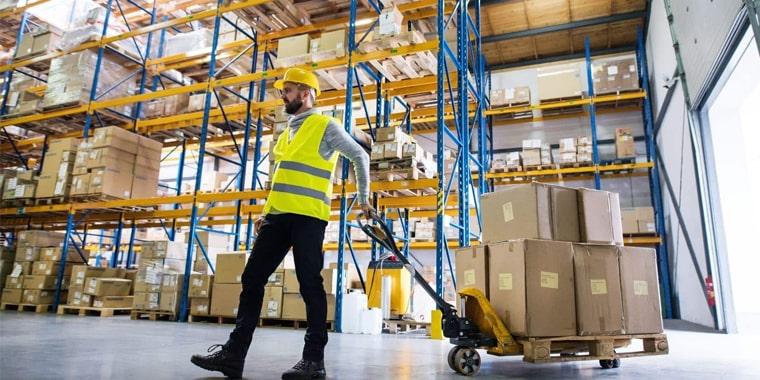
By setting aside stocks of components or raw materials, businesses can enjoy the following benefits:
- Neutralize negative effects of changing vendors or systems internally in the business
- Create a cushion for supplementing the expenses required to fix problems without spending out of the profits of your business
- In case of insufficient employees, decoupling inventory provides a safety net
- Buy time to identify and fix machinery and technical issues
- Reduce pressure on internal processes and carry out routine maintenance activities
- Maintain steady output
- Optimizing production lines for parts and/or finished products to meet demand variations
- Improve flexibility and agility and scalability in case of unprecedented delays in supply chain
- Mitigate risks related to procurement, vendors, and external factors not in their control.
Will My Holding Costs Increase with Decoupling in Inventory Management?
It is natural to think that your inventory costs will go up with decoupled inventory, and well, they could – or not, depending on how you approach it.
With intelligent demand forecasting from robust ERP software like Tranquil, and by accurate calculation of your pipeline inventory, you can gain excellent visibility into your inventory turnover and other activities over a period of time.
The analysis of historical sales figures enables companies to plan for seasonal demand fluctuations so that they are not caught unawares.
You could say that by keeping in mind your pipeline inventory and setting aside decoupled inventory, you can easily achieve a good balance between affordability and risk alleviation – an extremely important part of good inventory management and continuous business growth.
ALSO READ: Ways to Improve the Procurement Process
Decoupling Inventory VS Safety Stock
Often, people use the terms safety stock and decoupled inventory interchangeably; while both terms have similar meanings, they are two different functions that serve two different purposes.
We have seen that decoupling inventory aims at preventing production delays or stoppages by having extra stock of components or raw materials – it is meant for meeting unexpected internal demands.
Safety stock, on the other hand, is the extra stock kept aside that is used to meet unexpected demand surges from customers – external demands.
While both provide a safety net to meet sudden demands, one is for internal and the other for external demand.
How Does Decoupling Work in The Supply Chain?
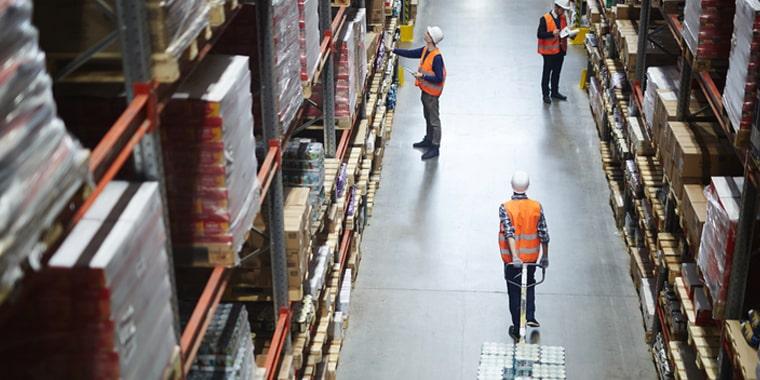
Decoupling in the supply chain works along with two pipelines – informational as well as material flow.
Without decoupling inventory, any issues on the production front can negatively impact supplies to customers, and eventually on further demand.
The change in demand can conversely, also affect suppliers if they are not able to fulfil demands.
Decoupling works within the supply chain to a major extent, by focusing on minimizing downtime, or stoppage time in production.
Implementing manufacturing automation can simplify and streamline the production process.
The various automation tools help in creating more efficient and smoother workflows, regardless of the number of locations your business has.
Some of the features included are production management , inventory management, reporting, order management, shipping, and so on.
ALSO READ: Challenges Facing Purchasing and Supply Management
Differences between Pipeline Inventory and Decoupling Inventory
While both pipeline inventory and decoupling inventory are quite similar, they do have some differences, and they serve two different purposes.
It is essential that you learn how both function, what their benefits to your business are, and how they differ.
Similarities
- Both inventory types aim to improve the efficiency of operations
- They serve to mitigate the risk of not being able to meet demands
- They offer the chance of business continuity in the face of resource shortages
- The basic approach is to make up for lost time
- They include the cost of lost opportunities
- Negate the harmful effect of shortage of supplies
- Churn out precise inventory data
- Deliver clear, effective insights into the analytics of your inventory
ALSO READ: What are Backorders?
Differences
- Decoupling is an internal system, and pipeline inventory is for external implementation
- Pipeline is a standalone inventory system while decoupling is an approach employed to house inventory
- Pipeline inventory is a business process while decoupling inventory is an internal strategy of operations and inventory management used for dealing with possible bottlenecks
- Pipeline is in transit and outside the business whereas decoupled inventory is stored in the premises of the business
- Pipeline inventory is found in almost all businesses but decoupled inventory is likely to be found only in large companies.
Conclusion
Both types of inventories are helpful to maintain business continuity and fulfil customer demands in time. At Tranquil, our robust ERP system has several modules including a feature-rich Inventory Management module that can be customized to meet your specific demands. If you are a manufacturer or retail business that gets components or finished goods from overseas suppliers, you need to think about decoupling inventory and other inventory strategies to enjoy business efficiency and growth.
Do schedule a demo at a date and time of your convenience, and our representatives will walk you through the system so that you gain a thorough understanding of how it can benefit your company. Get in touch with us today!



